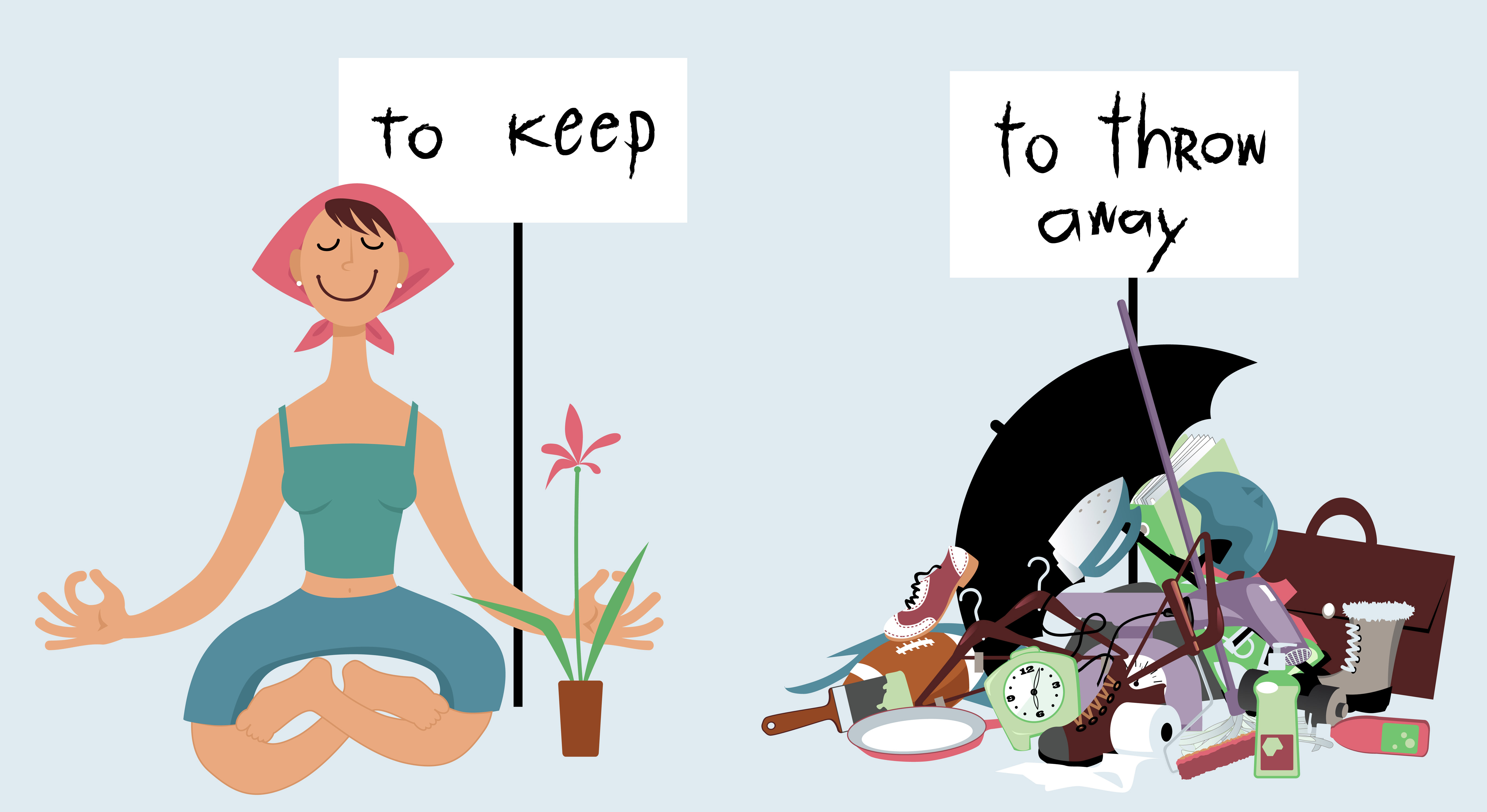Minimalism is not a new way of life, but it has become a mainstream practice in recent years. Minimalist ideas have infiltrated our world, bringing us books like Marie Kondo’s The Life-Changing Magic of Tidying Up: The Japanese Art of Decluttering and Organizing, countless blogs like Becoming Minimalist that are dedicated to simplifying lives, and even a documentary by the Minimalists. These resources have become popular because there is a demand for it – people want to know how to live with less. People are realizing that the benefits of minimalism, such as freedom, health, confidence, and happiness, are worth letting go of the belongings that weigh them down.
Instagram, a platform full of photographic inspiration, has been a driver of the minimalism trend from the beginning. Many minimalist accounts showcase sparsely decorated homes or monochrome outfits, serving as eye-candy for those who dream of living a life of such simple aesthetics. Trends like the tiny house movement or #vanlife have also cropped up as more extreme ways for people to downsize their living. There’s nothing like moving into a 35-square-foot space as a forcing function for finally tossing those college sweatpants into the Goodwill pile!
It’s not just our closets, kitchens, or basements that are cluttered – our digital lives are cluttered, too. Our phones are filled with page after page of apps that we use 1% of the time. Our email inboxes are full of junk mail from which we don’t bother to unsubscribe. We spend so much of our screen time on social media, and these channels are the worst of them all. Every news feed feels the same with distracting political rants and annoying ads that create an experience that is more stressful than it is restorative or productive. Just like a basement packed with boxes that have gone untouched for years, a dysfunctional and crowded digital space leaves no room for meaning.
But how do we translate minimalist practices to our digital lives? How can we declutter our technological worlds in order to move closer to the things that matter most? Is it possible to simplify the tangled web of communication streams we use every day? Go2s, a streamlined private social network, is designed to solve these problems. It is a platform built to facilitate meaningful interactions between people, not to distract users in order to profit off of them. With its unique feature set, Go2s members can make calls, send texts, message groups, ask their network for help, and so much more. Go2s has no invasive advertisements or misleading sponsored posts – just genuine interactions with the people that matter. If you are interested in simplifying your digital life with one network to facilitate all of your meaningful interactions, visit www.go2s.com to get started.

